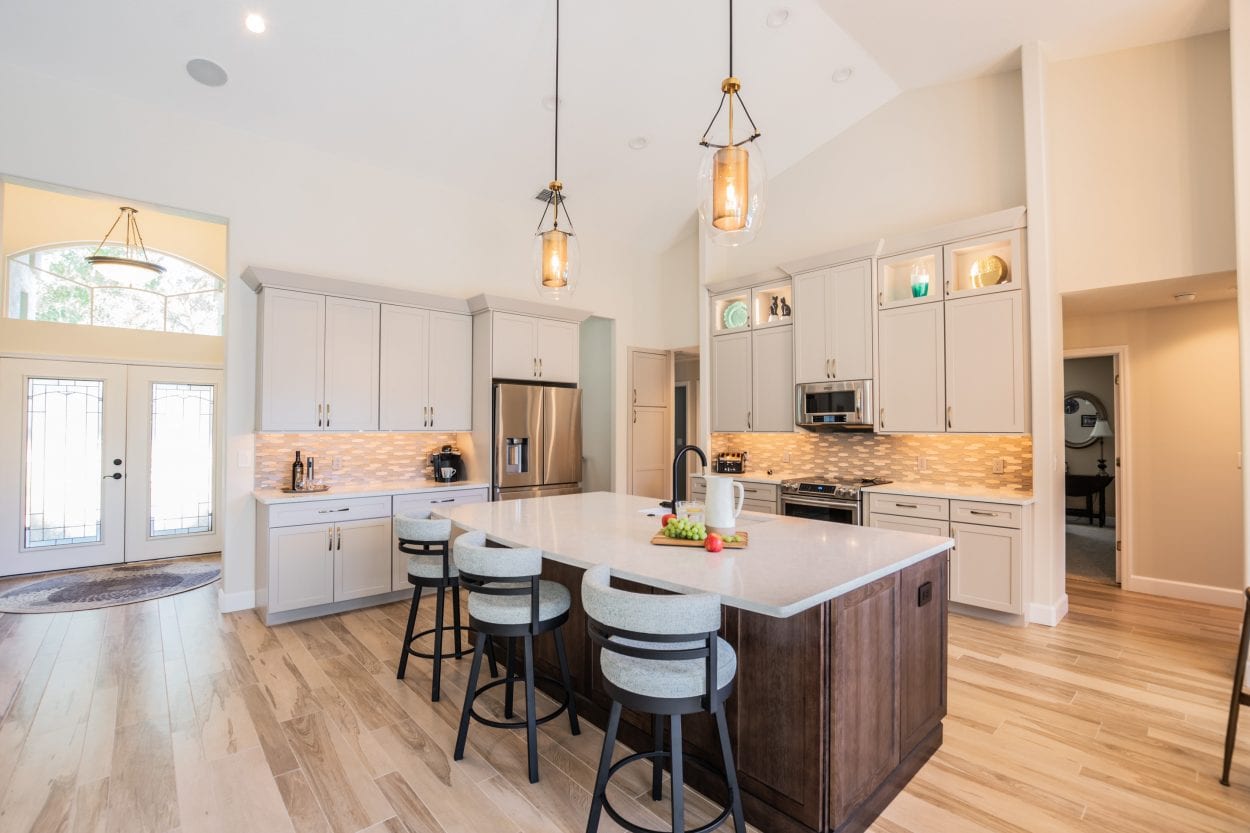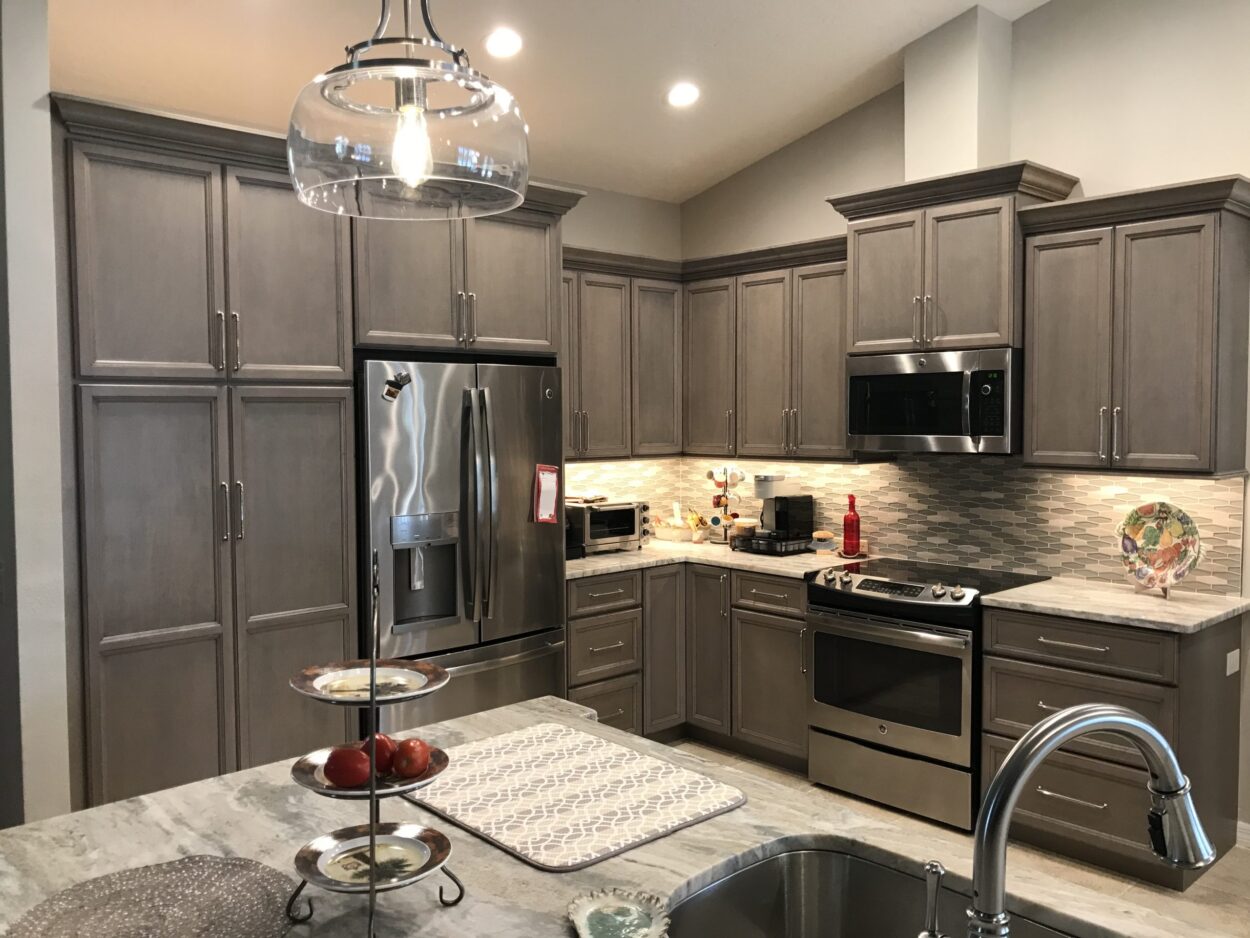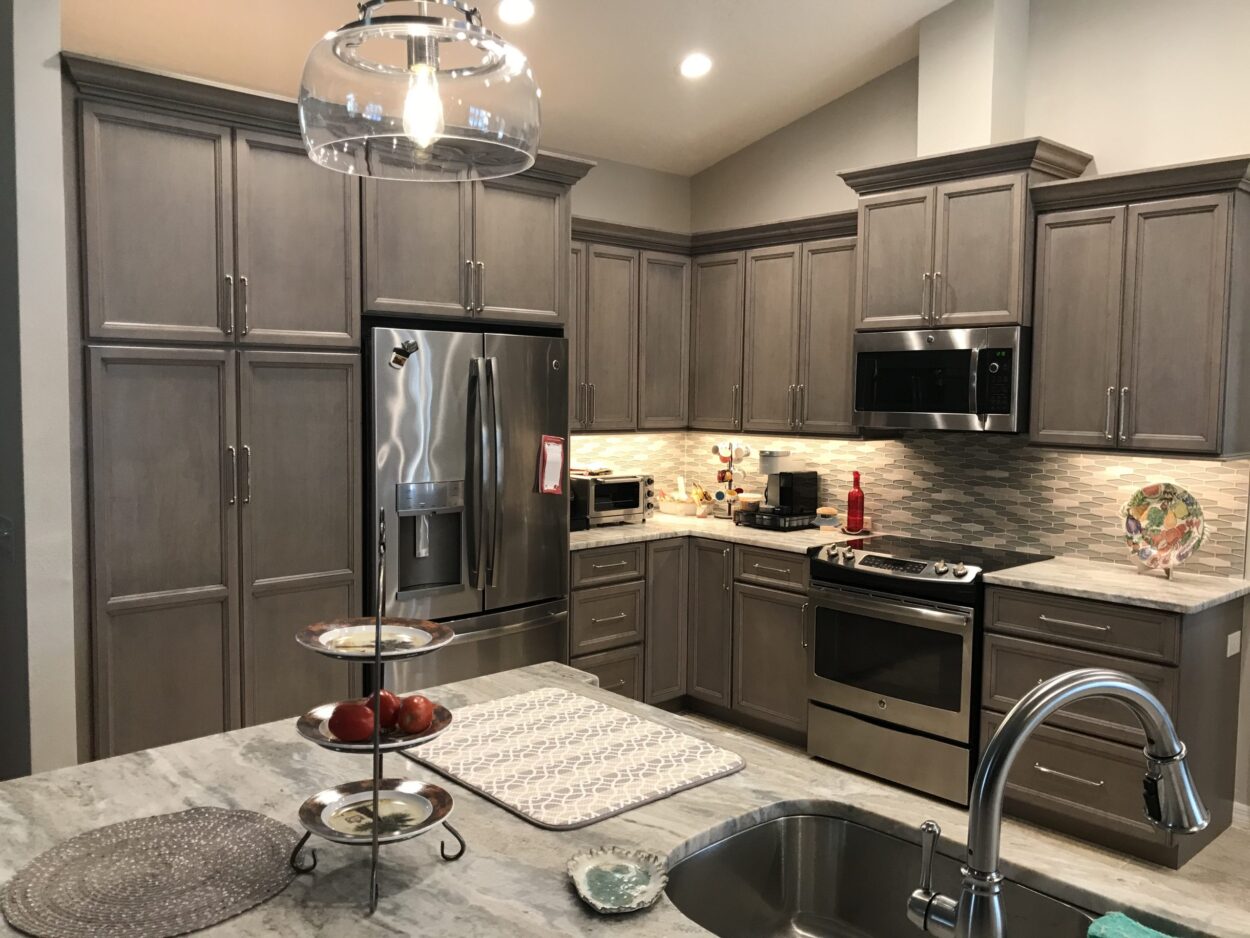One of the hottest trends in kitchen renovation that has stuck around for several years is using textured materials to create a warm and interesting aesthetic. Your contractors will have access to many kinds of tactile materials, but there are some best practices that are often employed when adding in these elements to the design.
Where to Use Textured Materials
Hardwood has a texture that is earthy, calming, warm, and inviting. Many homeowners try to achieve the same affect through laminate cabinets, but hardwood is the way to go. Choose to stain your cabinets rather than paint them to ensure the grain and texture stands out. You can also do minimal sanding if you are looking for a natural feel to the wood.
Another textured material you should consider for your kitchen renovation is soapstone. This material is often used for countertops and can create an old-world or rustic aesthetic. It is also less costly than marble or slate and has a lower maintenance commitment also. If marble is within your budget, it is another great option for countertops that add texture and layers to your design.
Another way to add marble to your kitchen renovation is through tile. You can use these for backsplash above the countertops or appliances. Porcelain and slate tile are also beautiful in kitchens, especially when used in mosaic designs.
Tiles are also great for textured flooring and terra cotta is one of the most popular options. Cement tiles are also gaining popularity because they are versatile and affordable. Cement tiles can also be used for backsplash.
There are many different pros and cons of the various textured materials available. You should consult with your kitchen remodeling team for their input on which will work best for your design goals and budget. You should also inquire about warranties on materials and labor during this process.
If you are ready to start designing your dream kitchen, call the Bath and Kitchen Gallery at 813-544-7791 or visit us on Facebook.






